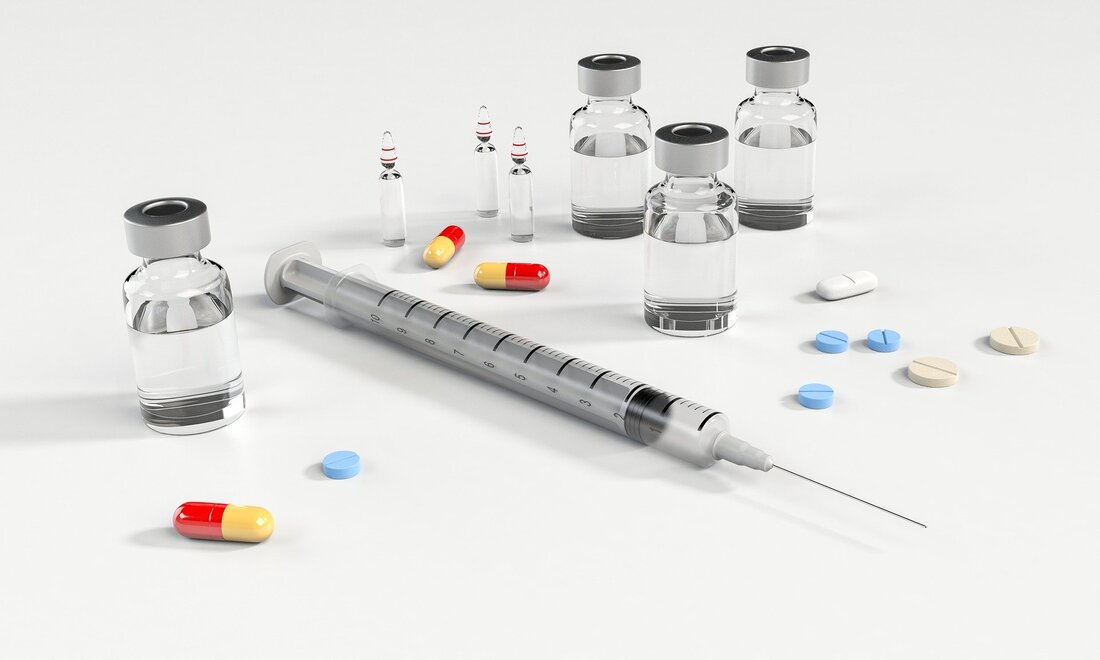|
What is Atherosclerosis?
Atherosclerosis affects the medium and large arteries. athero refers to the porridge or soft like while sclerosis refers to the process of hardening. Athersclerosis is therefore the combination of fatty deposits in the artery walls ( atheromas ) and the hardening of the blood vessel walls ( stiffening / sclerosis). The common causes of atherosclerosis are activation of the immune system in the artery wall due to chronic inflammation which leads to the lipids depositions in the wall of the artery. Finally it leads to the development of fibrous atheromatous plaques. The fibrous atheromatous plaques may cause the hardening of the walls of the artery. the harden artery walls may lead to hypertension. this will put a strain on the heart that try to pump blood against the resistance. There will be reduction in the flow of the blood due to stenosis. The fibrous atheromatous plaques may rupture and leads to thrombus which will block he distal vessel and lead to ischemia. Ischemia is associated with acute coronary syndrome due to the blockage of the coronary artery. There are certain medical conditions/ co morbidities which may increase the risk of atherosclerosis. These include diabetes, chronic kidney disease, hypertension, atypical antipsychotic medications and rheumatoid arthritis. The risk factors for developing atherosclerosis may include modifiable risk factors such as alcohol consumption, smoking, stress, poor sleep, obesity, lack of exercise, high sugar diet, trans fat diet, reduced fruit, vegetables and omega 3 consumption. The non modifiable risk factors include male gender, older age and family history Te complications of atheorslcerosis are peripheral vascular disease, strokes, transient ischemic attack, myocardial infarction, chronic mesenteric ischemia and angina.
0 Comments
Leave a Reply. |
Kembara's Health SolutionsDiscovering the world of health and medicine. Archives
June 2023
Categories
All
|

 RSS Feed
RSS Feed